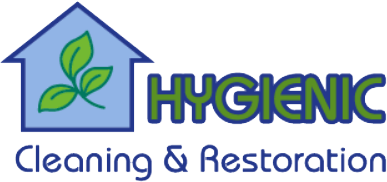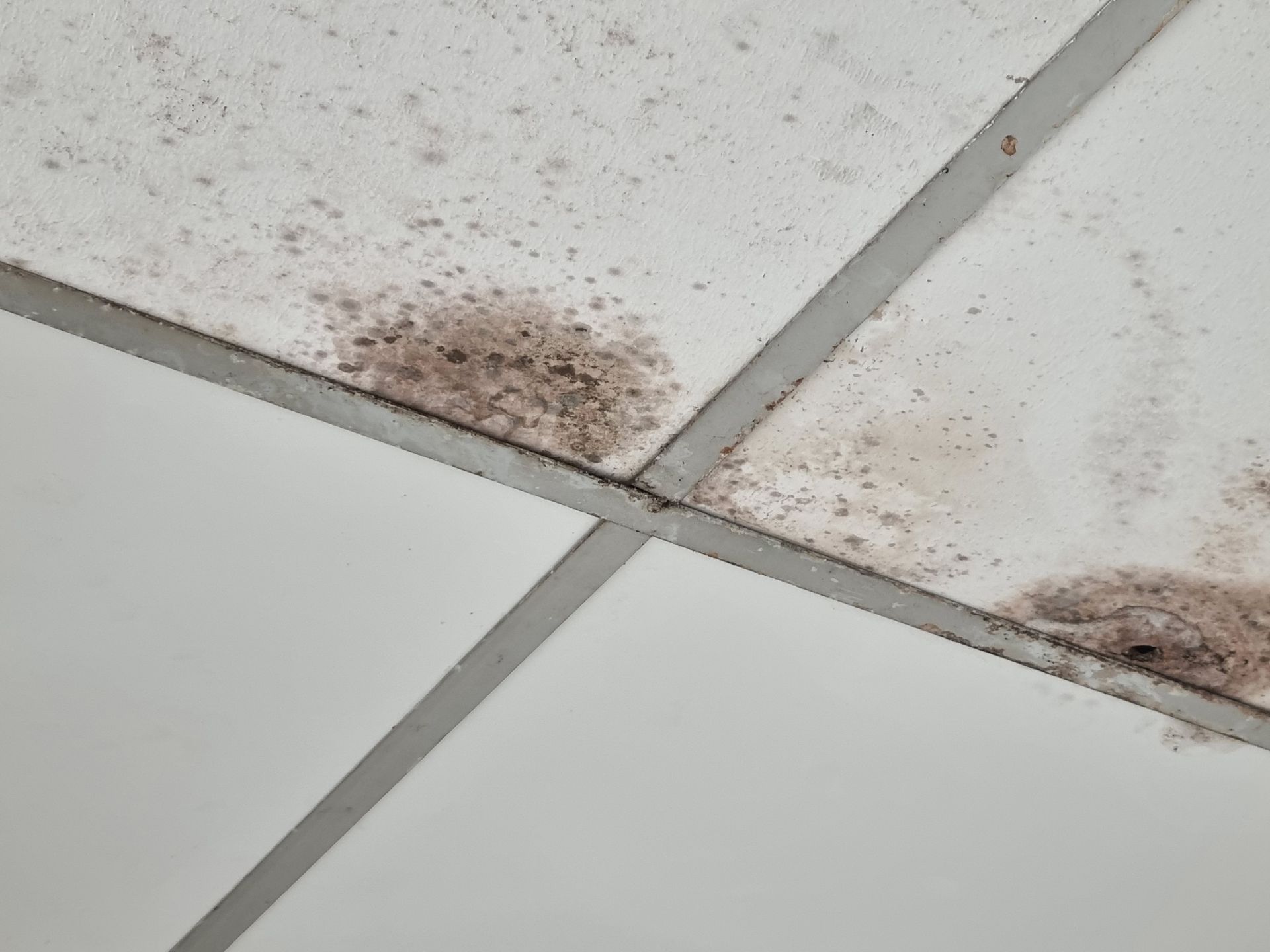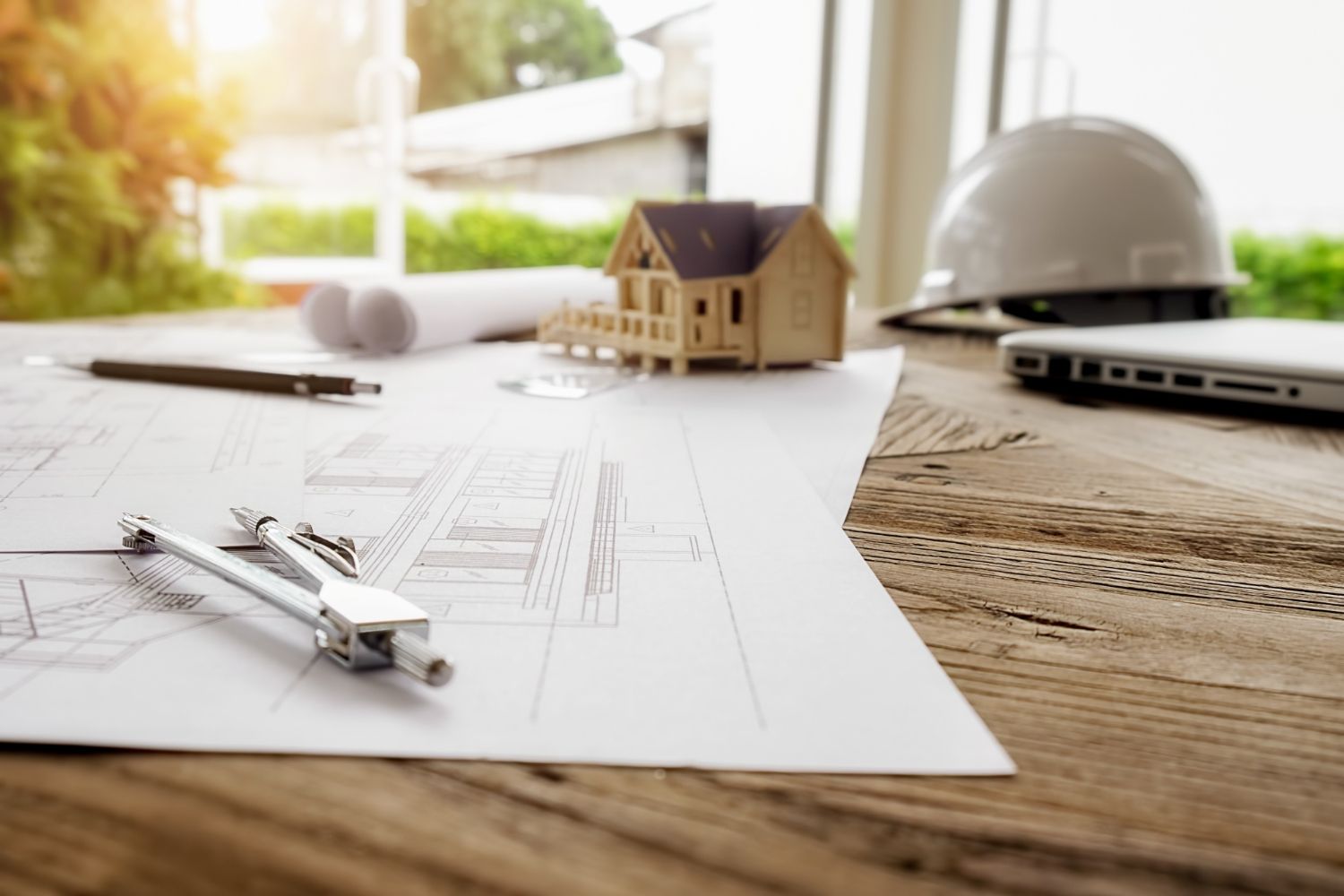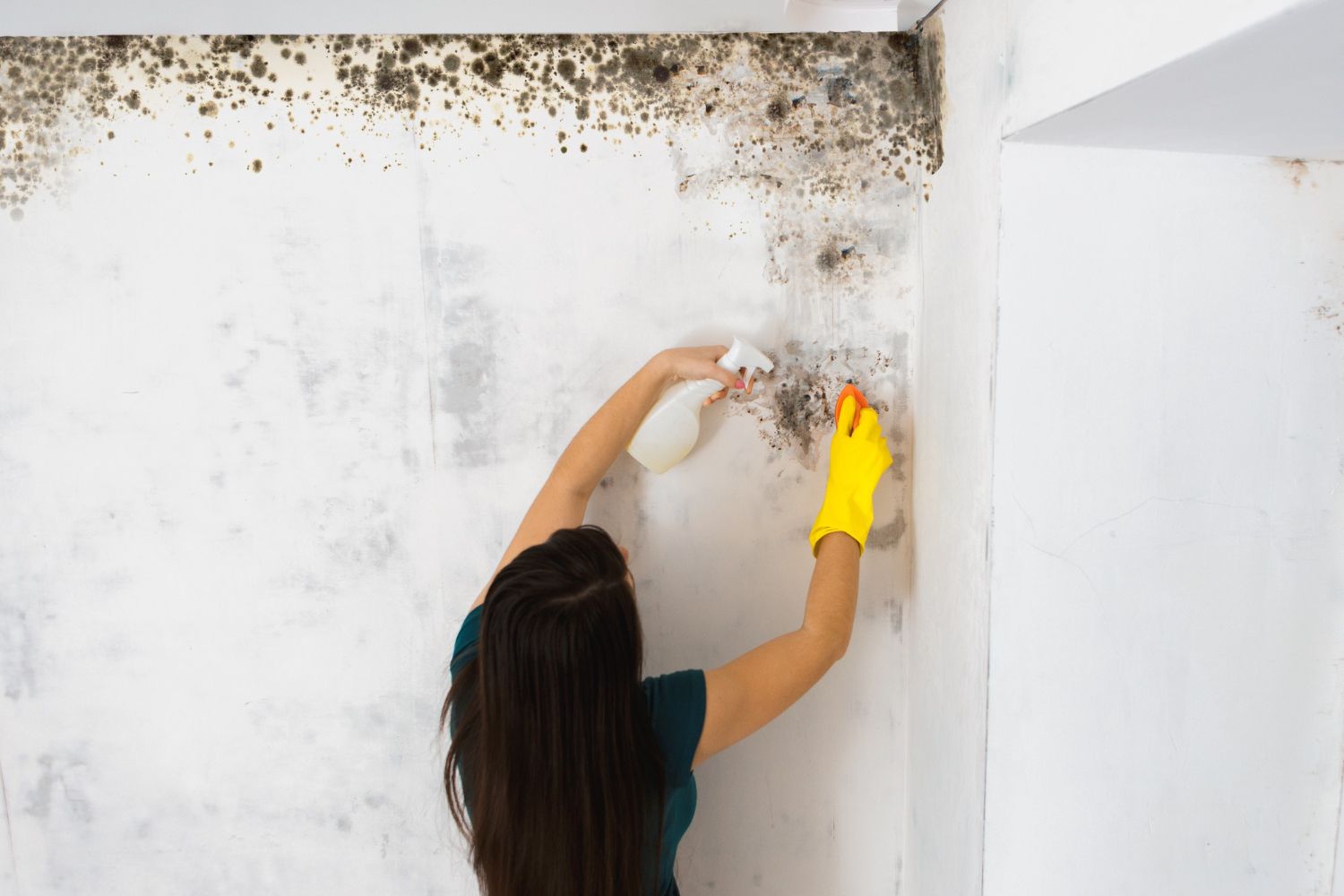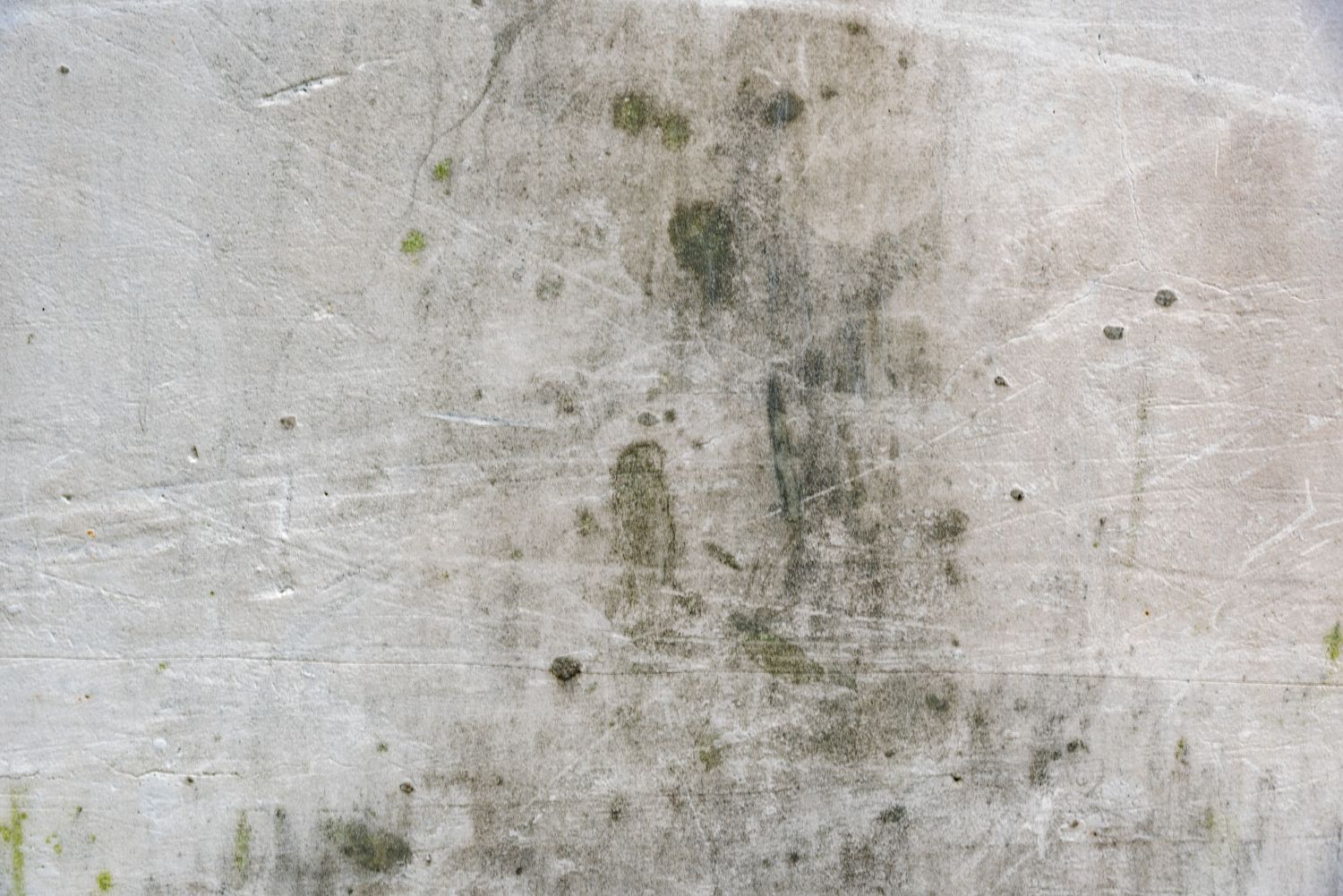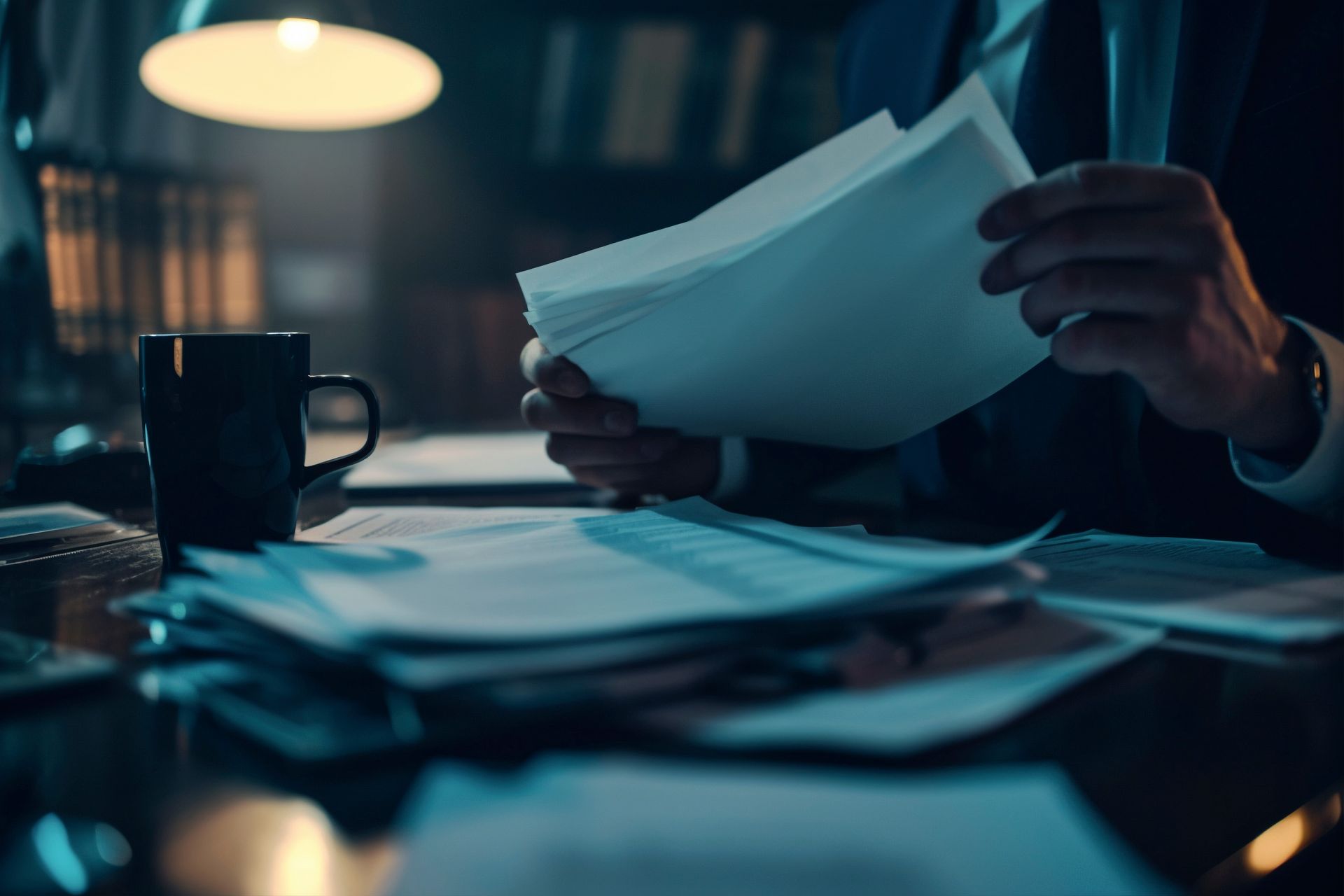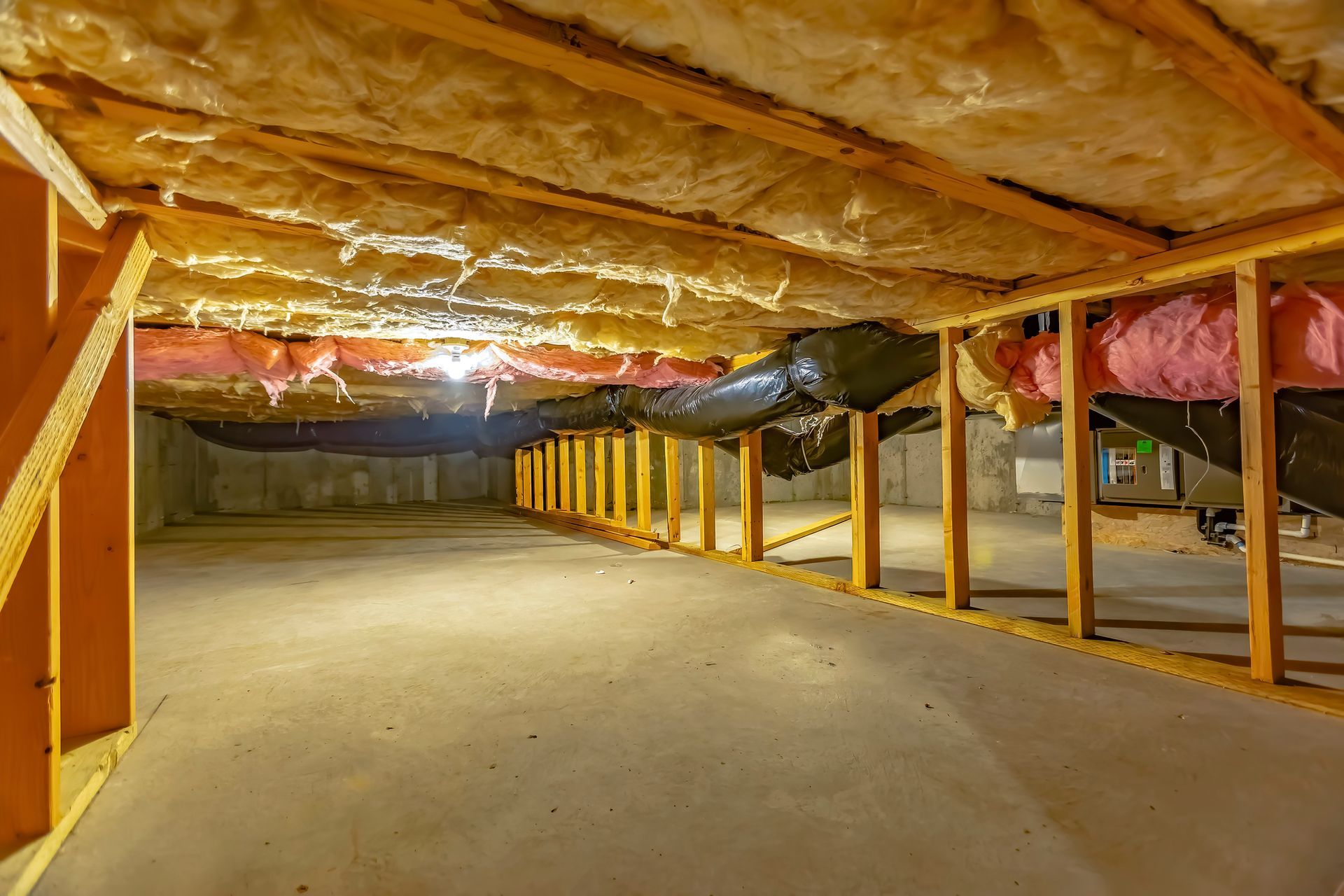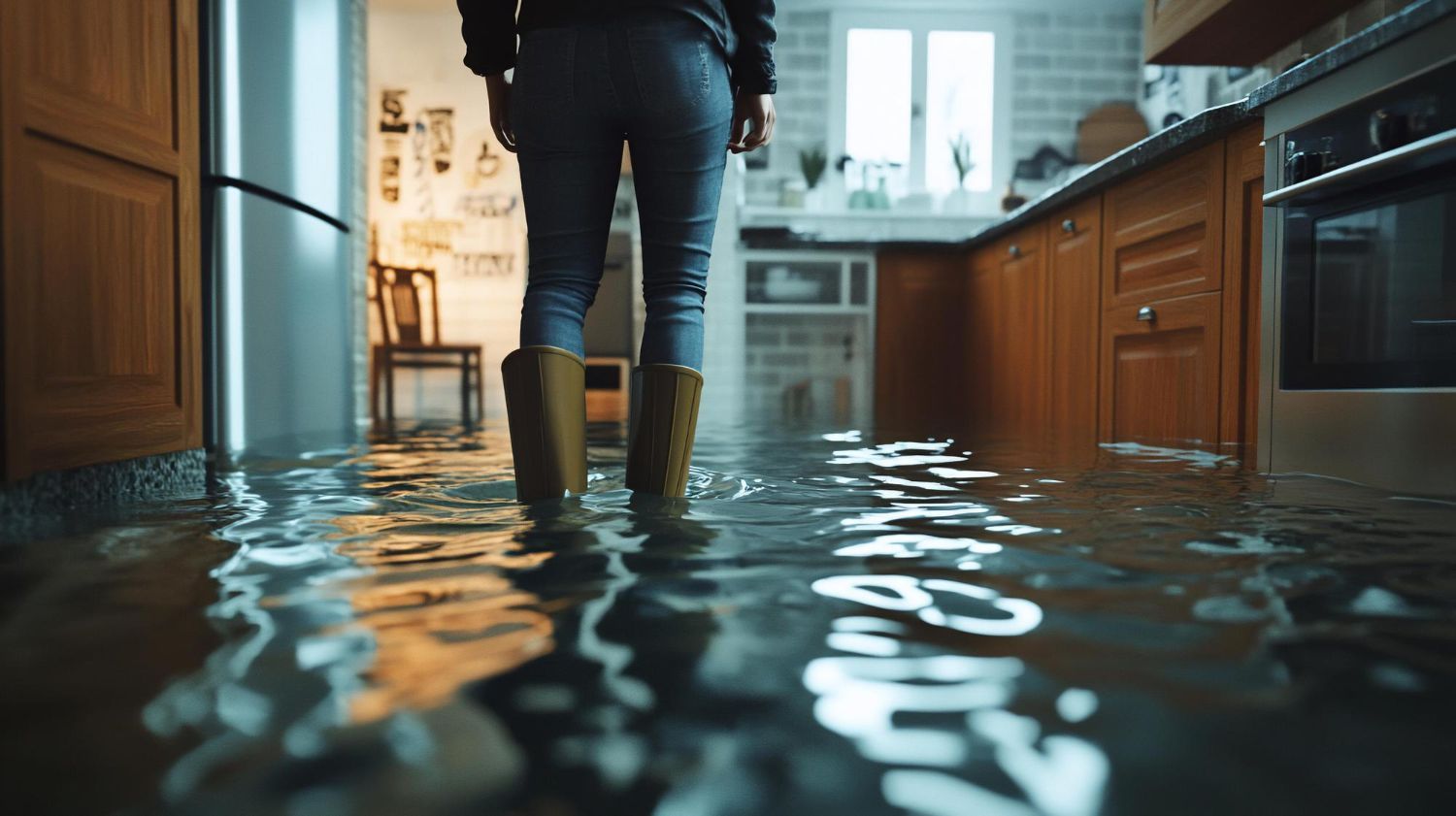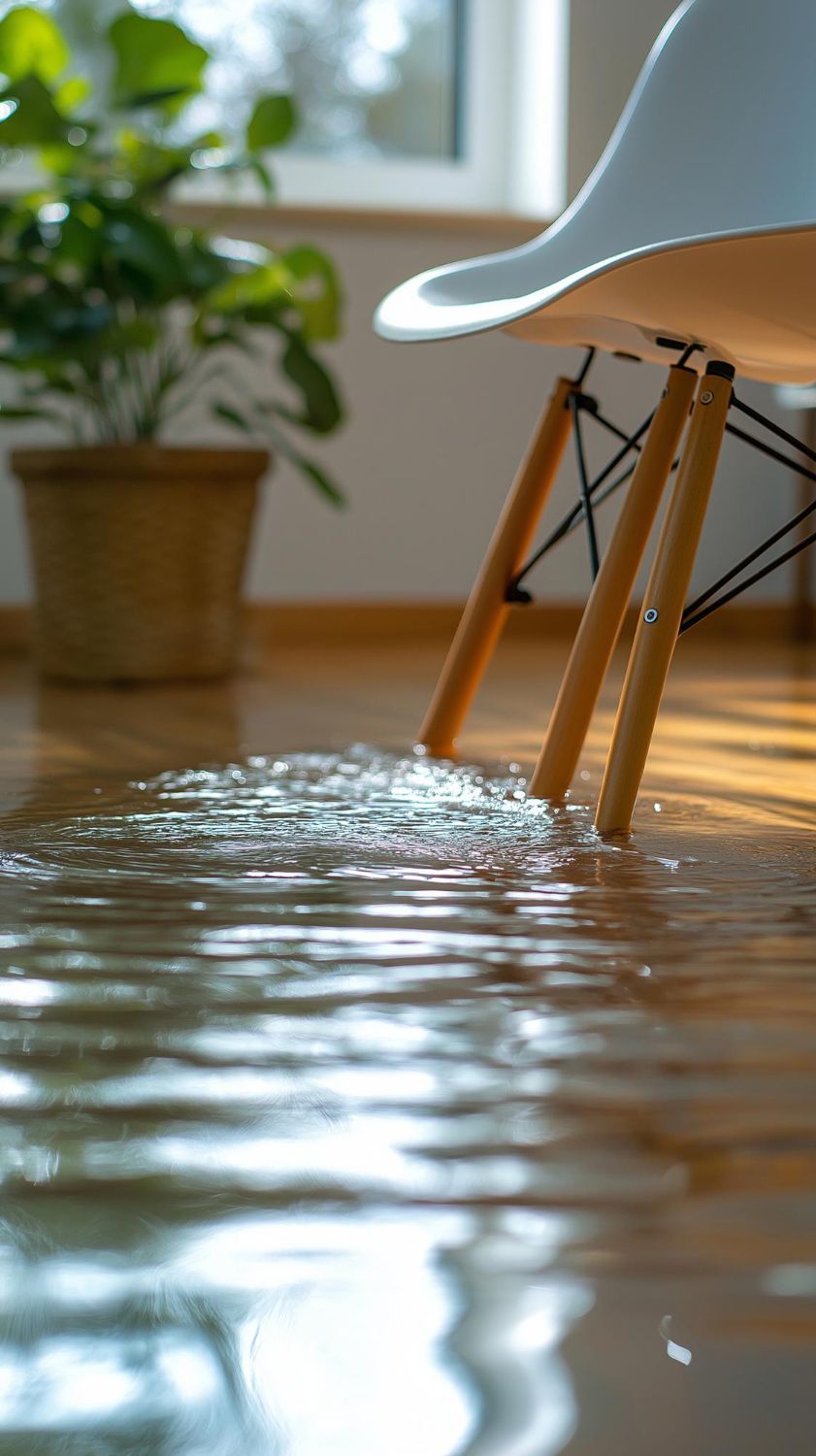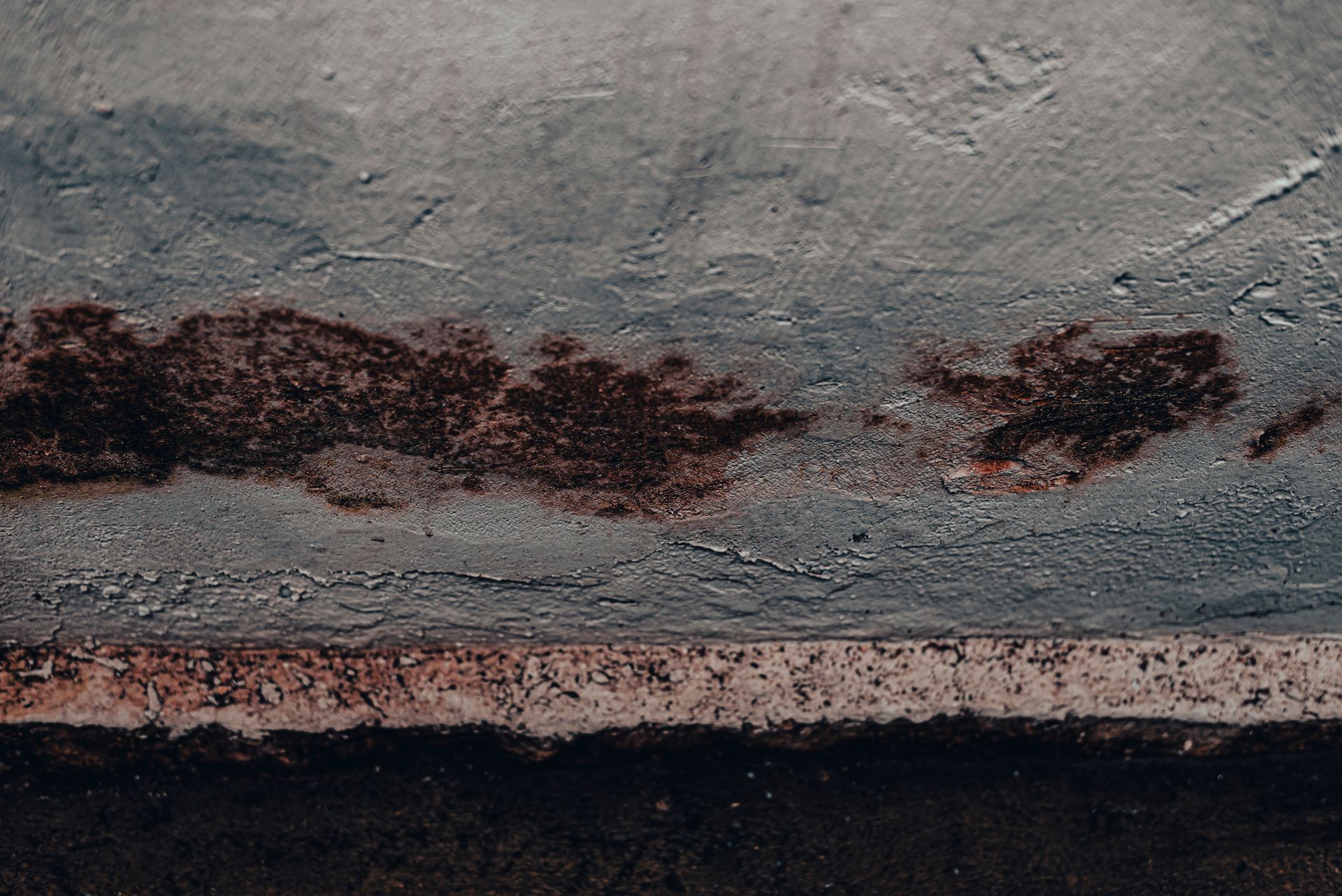Who’s Responsible for Mold in a Rental Property?
Who’s Responsible for Mold in a Rental Property
The Tenant or the Landlord?
Hygienic Cleaning and Restoration | Serving Suffolk County, NY

Mold in rental properties is not only a health hazard—it’s also a common source of legal conflict between tenants and landlords. If you're renting or managing a residential unit in Suffolk County, NY, understanding who’s responsible for mold removal and related repairs is critical to protecting your health, finances, and legal standing.
Understanding Mold Liability in Rentals
In most cases, landlords are legally responsible for maintaining a safe and habitable living environment. This includes addressing issues like water leaks, roof damage, flooding, poor insulation, and inadequate ventilation—common causes of indoor mold. Under New York housing laws, rental properties must be kept in livable condition, which includes being free of dangerous mold growth. If mold appears due to deferred maintenance or structural problems, the landlord is typically responsible for hiring professional remediation services like Hygienic Cleaning and Restoration to correct the issue.
However, tenants also have responsibilities. If mold grows due to tenant negligence—such as failing to ventilate the bathroom, leaving windows open during rain, or not cleaning up spills—then the tenant may be held accountable for remediation costs. For example, mold that develops from poor housekeeping, excessive clutter, or unreported leaks could shift the financial burden to the occupant.
What the Lease Agreement Says Matters
The lease agreement can play a key role in determining responsibility. Some leases contain mold-specific clauses that outline who handles inspection, testing, or cleanup. However, regardless of lease language, New York law still requires landlords to address mold caused by structural issues or mechanical failures. If the landlord fails to act, the tenant may be able to file a complaint with the local health department or even withhold rent—though these actions should always be taken under legal guidance.
Document Everything
Whether you’re a tenant or landlord, documentation is your best defense. Tenants should notify landlords in writing as soon as mold is discovered and keep a record of communication. Landlords, in turn, should respond promptly, hire licensed professionals, and maintain records of inspections and remediation efforts.
At Hygienic Cleaning and Restoration, we work with both property owners and renters in Suffolk County, NY to assess mold problems, identify the source of moisture, and safely remove contamination using EPA-registered disinfectants and industry-standard containment practices.
Why Professional Mold Remediation Matters
DIY mold removal often fails to address the root problem. Mold spores can hide behind walls, under flooring, and inside HVAC ducts. Professional remediation ensures that both the visible and hidden mold is properly treated, preventing recurrence and protecting air quality.
If you’re dealing with a mold issue in a rental property, contact Hygienic Cleaning and Restoration today for a thorough inspection and reliable mold remediation services throughout Suffolk County, NY. We’ll help you navigate the issue safely, legally, and effectively.
